Many people are aware of the 1968 student occupation or the contemporary 2024 Gaza solidarity encampments at Columbia University.
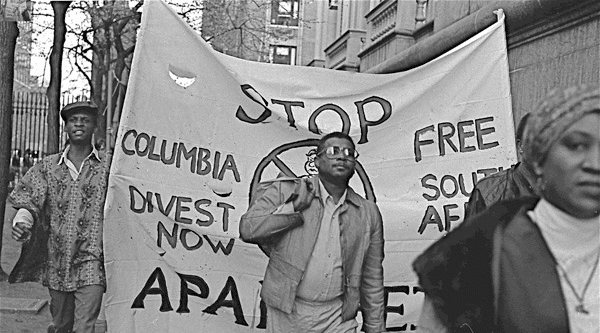
Anti-apartheid protesters at Columbia University. Source: Columbia School of General Studies
Equally important is the 1985 student blockade of Hamilton Hall (renamed Mandela Hall) that lasted for three weeks, as students demanded that the school divest from corporations profiting from apartheid South Africa. From April 4 through April 25, 1985, students led by the Coalition for a Free South Africa (CFSA) at Columbia University blockaded Hamilton Hall, the university’s administrative building, leading to the first successful divestiture campaign at the university.
According to the African Activist Archive,
The Coalition for a Free South Africa at Columbia University was formed in 1981. A multiracial organization, its main objectives were to educate and to mobilize opposition to apartheid. The Coalition grew and was comprised of Columbia University students, faculty, alumni and staff.
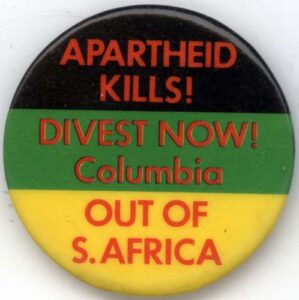 On March 25, 1985, seven members of the Coalition began a fast in protest of Columbia University’s South Africa-related investments. On April 5, 1985, the Coalition and 100-200 students blockaded Hamilton Hall and chained closed its front doors. The “Divestment Blockade” lasted a long time. In 1985 the organization changed its name to the Coalition for a Free Southern Africa because it wanted to broaden its focus to include other countries including Namibia and Mozambique.
On March 25, 1985, seven members of the Coalition began a fast in protest of Columbia University’s South Africa-related investments. On April 5, 1985, the Coalition and 100-200 students blockaded Hamilton Hall and chained closed its front doors. The “Divestment Blockade” lasted a long time. In 1985 the organization changed its name to the Coalition for a Free Southern Africa because it wanted to broaden its focus to include other countries including Namibia and Mozambique.
The Global Nonviolent Action Database
The CFSA [Coalition for a Free South Africa] planned the blockade for nearly two months. A week beforehand, seven leaders began a fast to demonstrate their commitment to the cause. When they met with Columbia administration a few days later to ask what they had to do to win the support of the trustees, the administration answered “keep on fasting.” Not only did the CFSA keep on fasting, they escalated their push. They decided to blockade on April 4 to coincide with an already-planned march for that day. The leaders of the CFSA not only chained the doors to Hamilton Hall but were very careful to leave no opportunity for the university to claim that anyone’s safety was threatened. . . .
The blockade ended on April 25 with a march into Harlem to a rally. CFSA threatened continued action if the university did not take the appropriate steps to divest themselves from South Africa.
A panel composed of six trustees was formed immediately after the end of the blockade to seriously consider divestiture. In late August, the panel returned a result that confirmed the student’s position — that divestiture was not only the moral option, but an economically viable one as well. Because of the naturally slow work of the trustees’ system, the recommendation was not considered until a full meeting of all 24 trustees on October 7. At that meeting, the trustees adopted the panel’s recommendation and proceeded to divest the university of the remainder of their investments with South African connections.
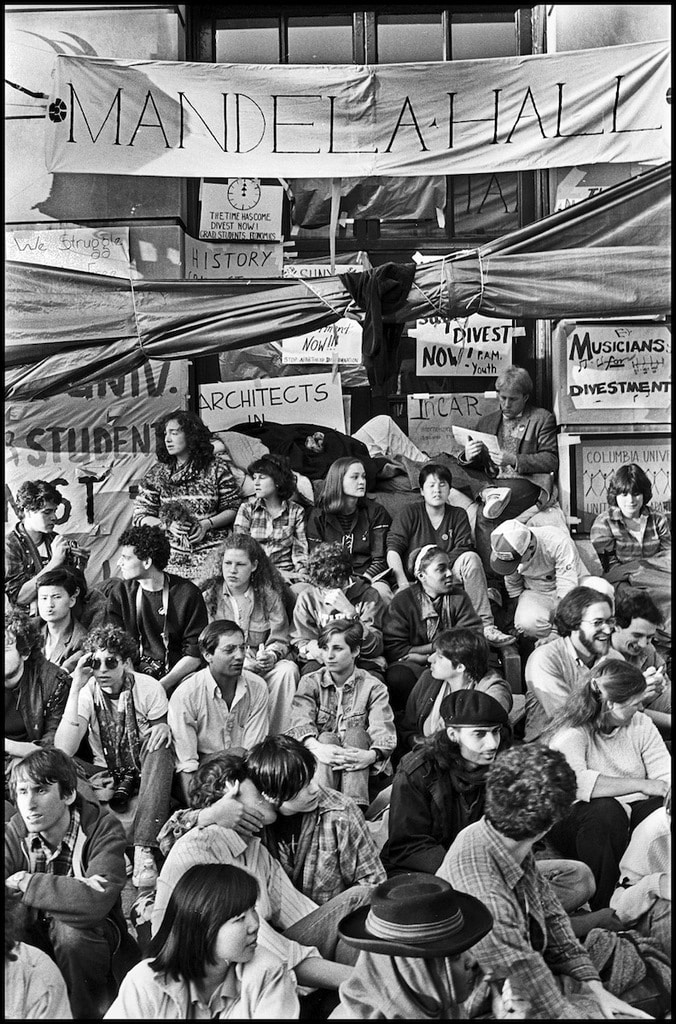
Blockade of Hamilton Hall at Columbia University demanding the university divest from companies doing business in South Africa. Photograph by George Cohen, April 12, 1985. Source: African Activist Archive
Additional Resources
Mandela Hall: A History of the 1985 Divest Protests by Johanna Lee, Columbia Spectator
A Blockade Against Apartheid by Eleanor Trawick, Socialist Worker
Columbia Protesters End Hunger Strike: But Divestiture Blockade Continues by Margaret Seaver, The Harvard Crimson

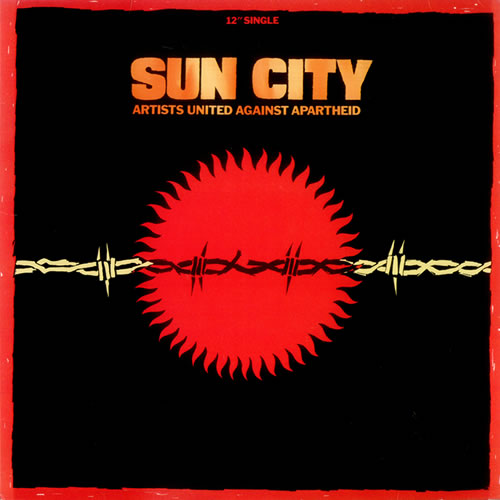
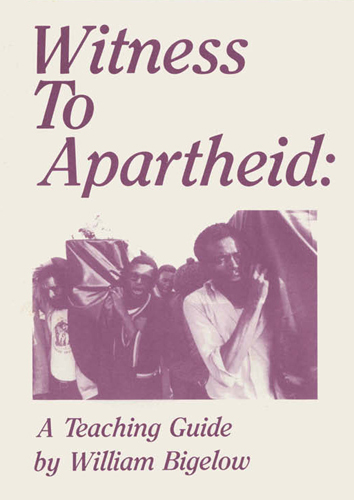
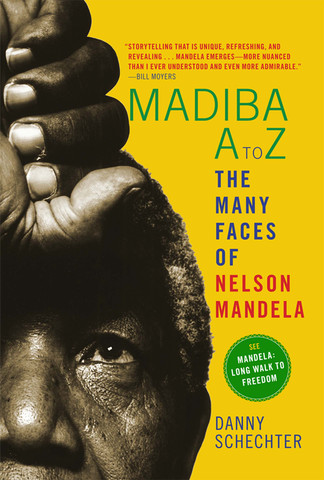

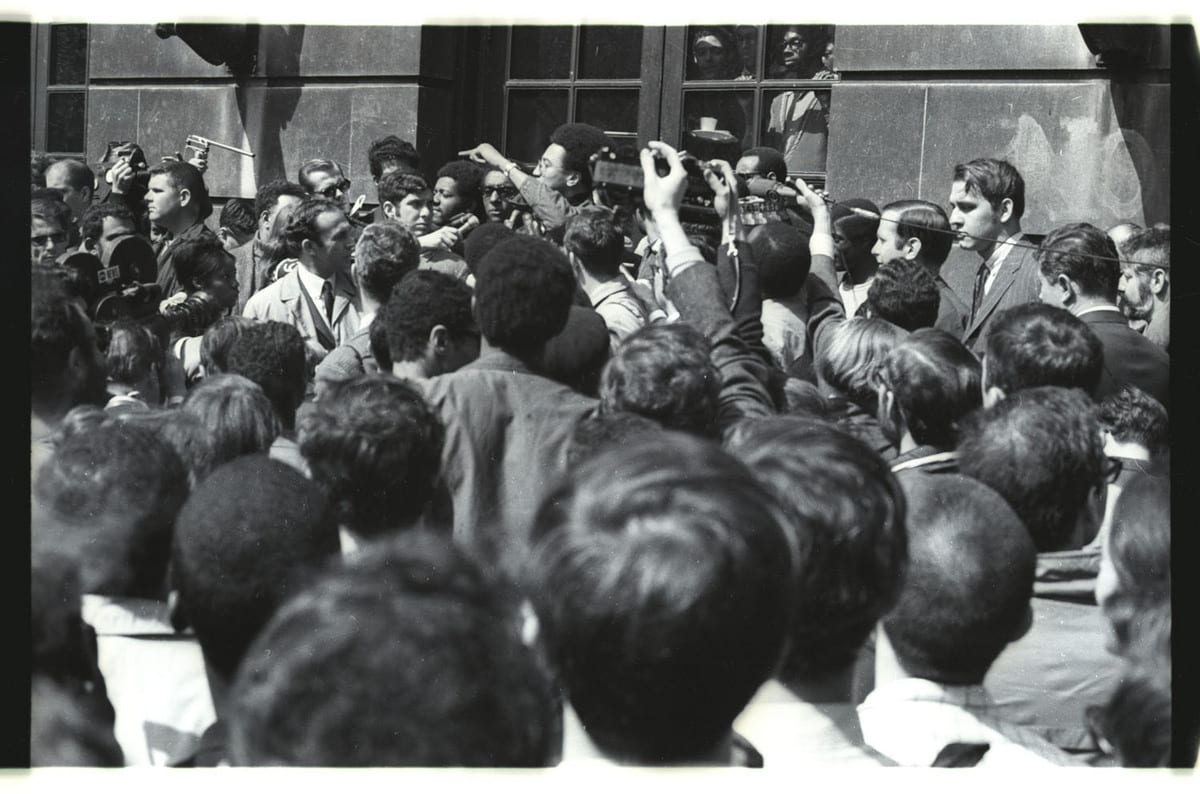





Twitter
Google plus
LinkedIn